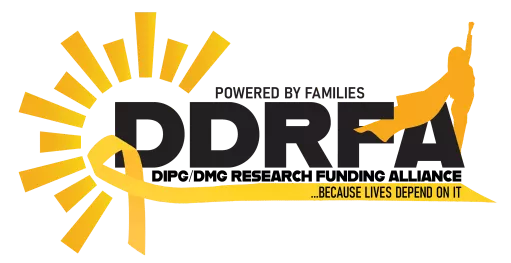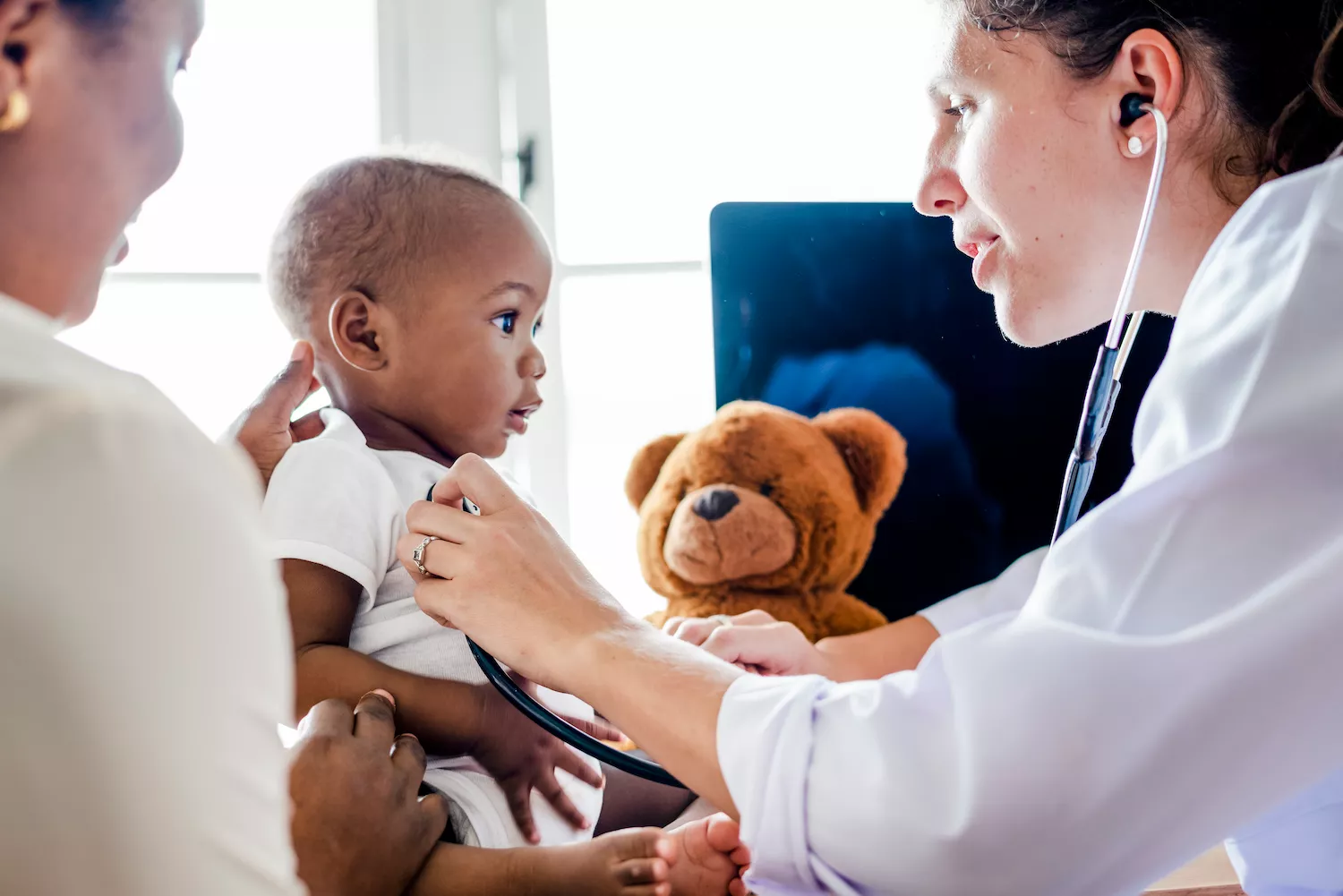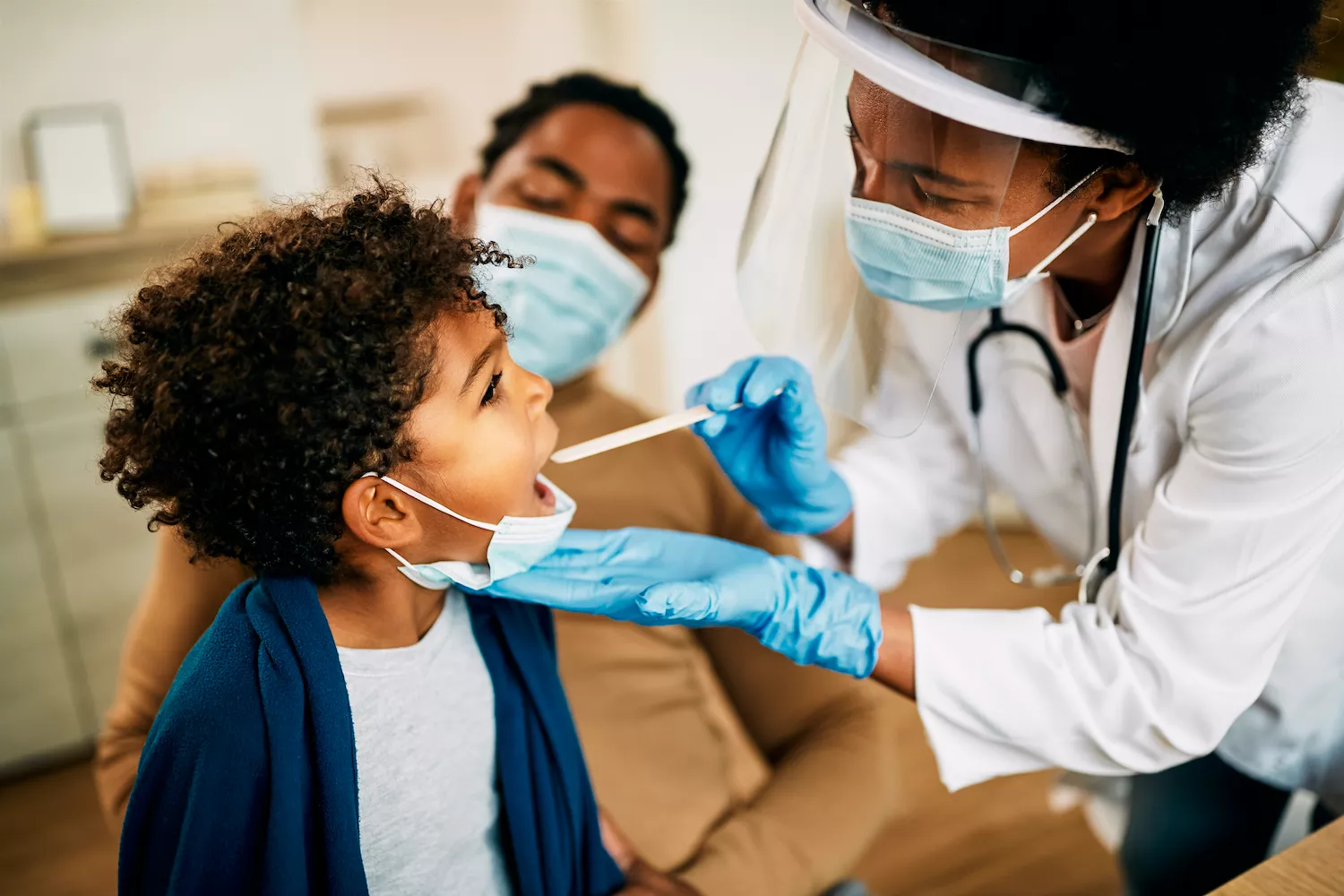
Connecting data to cure childhood brain cancer

At a glance
In just six weeks, we partnered with DDRFA to build the DIPG OneLink, a centralized resource hub that empowers families with critical care information, accelerates patient data donations, and drives the discovery of new treatments for DIPG DMG, a rare form of childhood brain cancer.
Impact
The creation of the DIPG OneLink led to a significant increase in patient data donations, surging from 101 donations over a five-year time span to 220 donations in less than a year.
Key Services
Industry
Nonprofit & philanthropy
Key Technologies / Platforms
- Amazon Web Services (AWS)
Finding strength in numbers
The leading cause of brain tumor-related death in children is diffuse intrinsic pontine glioma (DIPG), also known as diffuse midline glioma (DMG). A rare and often fatal form of childhood brain cancer, DIPG DMG’s life expectancy at diagnosis is just 6 to 12 months.
Fewer than 500 people are diagnosed with DIPG DMG every year, and with limited and fragmented data available, this small patient population leaves researchers grappling to understand the disease. United in their own search for a cure, parents who’ve felt the tragic impact of this cancer banded together to create the DIPG DMG Research Funding Alliance (DDRFA). Recognizing that there’s strength in numbers, this family of 50+ organizations is working together to fund cancer research and fight DIPG DMG—because lives depend on it.
Trying to comprehend the incomprehensible
The standard of care for DIPG DMG is 60 years old, and with no proven treatment options, doctors are unable to give definitive guidance, leaving the onus to fall on parents and caregivers to decide what’s best for their child.
Every minute counts for a family after diagnosis, and yet they’re left hunting through information, spending weeks dissecting medical language to ensure their child receives the best care. Some families will travel the country searching for clear answers, but others are unable to do so, limited by geographical and financial barriers.
“Along the way, all of us, at the different times that we faced DIPG DMG, felt like this should be easier,” says Lisa Ward, member of DDRFA and president of the Tough2gether Foundation. “Regardless of who you are and who you know, we needed to make DIPG DMG care and support accessible to all.”
DDRFA approached Slalom looking for a way to simplify this daunting process for families, alleviating the burden of research while showing them they’re not alone. At the same time, the organization knew that to make true change, it had to begin collecting the vital data that would accelerate research and drive the discovery of new treatments.
Laying a foundation of purpose
Together, Slalom and DDRFA began building the DIPG OneLink, a centralized resource hub that could raise awareness of DIPG DMG, empower families with knowledge and insights, and provide critical pathways to educate on the importance of patient data donations.
Slalom’s team of web developers, user experience designers, and visual designers developed the DIPG OneLink on the Amazon Web Services (AWS) Cloud. Slalom's team delivered an enterprise-grade website on AWS Amplify that's easy to maintain, cost-effective for a nonprofit to operate, and secure for handling sensitive health information while still offering a dynamic and intuitive experience.
Owen Farrell, senior director at Slalom, explains, “By leveraging tailor-made services through AWS Amplify, DDRFA can now use the same kind of technology that Fortune 500 companies use without the army of engineers needed to maintain a site.”
With a solid foundation in place, the next step was to ensure the resource hub was not only functional but also rich with purpose.
Bridging the gap between research and compassion
The DIPG OneLink needed to present complex information clearly, with sensitivity and understanding. To inform the content and design, Slalom sat down with families who had lost loved ones to DIPG DMG and listened to their lived experiences. These open discussions unearthed the challenges and emotions that arose from the moment of diagnosis onward.
From these conversations, it was clear that the DIPG OneLink must create an inclusive and supportive digital environment that shows while everyone may be at different points in their journey, no family is ever walking their path alone.
Ultimately, Slalom and DDRFA ensured the DIPG OneLink was built by families, for families. Many of the stories are written in a parent-to-parent approach, interweaving the collective family experience throughout the website. Keywords that resonated during interviews—hope, light, simple, and together—were chosen to create unity throughout the design and messaging. Every image was selected with careful consideration, and even the circular logo was designed as a symbol of inclusion and completeness.
To match the three distinct moments families could face throughout their battles, Slalom then organized the resource hub into three sections. For families new to the fight, the DIPG OneLink provides education, detailing what DIPG DMG is, what clinical trials are, and how to make connections within the community. Families in the fight learn how to live with DIPG DMG, the clinical trials that are available, and the value of data sharing. In this section, families can also seek out second opinions from the National Brain Tumor Board and access the My DIPG Navigator, where they can contact trained nurses 24 hours a day, seven days a week.
For families that have faced unimaginable losses and are now fighting for others, the DIPG OneLink is a place where they can find support systems, share their own stories, and donate their loved ones’ data.
Expanding the circle to end DIPG DMG
As researchers actively work toward a cure, they need access to as much patient data as possible. Clinical records, imaging, blood samples, data sequencing, and central nervous system tissue donations are crucial for breakthroughs in research. Yet, before the DIPG OneLink, little information was available to families on the importance of these donations.
“If you’re going to get this great care, we knew we had to collect the data—and we needed patients’ help to do that,“ Ward says. “Slalom’s team helped us walk with families along their journey, interspersing how important data is to their own care.“
By educating through empathy and emphasizing the value of patient data across the DIPG OneLink, DDRFA has seen an immediate increase in data donations. In fact, 65 patients signed up to contribute their data in the first four months after launch, and 220 have signed up over the last year. To put those numbers into perspective, before the DIPG OneLink was created, only 101 patients had donated their data in a five-year time span.
Slalom and DDRFA’s work to expand this circle of data is directly supporting Cancer Moonshot, a White House initiative to prevent more than four million cancer deaths by 2047 and improve the experience of people who are touched by cancer, bringing the world one step closer to Moonshot’s goal of ending cancer once and for all.
Illuminating a future of hope
”Slalom committed to this resource hub in six weeks—and now it’s a beacon of light for all cancer communities,” Ward reflects. “The way it’s written is wonderful. Slalom found every word by getting to know our families, by doing the interviews, and by asking us the hard questions.”
DDRFA is now watching the direct impact of the DIPG OneLink unfold. The website has become an essential tool for children and young adults like Seana Isaac, a twenty-three-year-old who was diagnosed with DIPG DMG. Isaac had applied for a clinical trial but was denied because the trial required at least 42 days of radiation—and she only had 41. However, the DIPG OneLink gave her the resources needed to advocate for herself, and she was reaccepted into the trial.
“It’s all on the website, broken down in one place for people,” Isaac conveys. “I love my doctors, but having people who lived through it and are willing to keep helping, who don’t even know me—it’s life-changing. I would be lost without it.”
Isaac’s story truly encapsulates the heart of Slalom and DDRFA’s efforts. At its essence, the real purpose of the DIPG OneLink is to help. To help those like Isaac who are actively fighting. To help honor the memories of the children who fought as hard as they possibly could. To help the parents and caregivers who are overwhelmed and confused.
And, ultimately, to help create a future where DIPG DMG is a cancer of the past.






